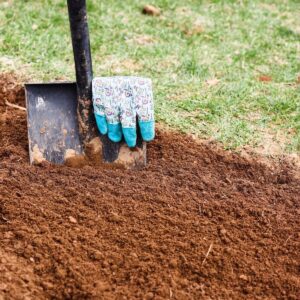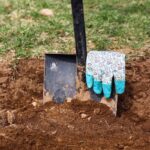How to Dig a Garden By Hand
Digging a garden by hand does take effort, but the process is very simple. Follow these easy steps to turn any piece of lawn into a perfectly-prepared garden, all ready to plant.
Equipment
- Spade-style hand shovel
- Tarp (optional)
- Large tub, wheelbarrow, or garden cart (optional)
Instructions
1. Mark out your garden site
- Mark the perimeter of your garden, using twine, rope, or cord. Stake down the corners with landscape staples, or hold them down with rocks. Use what you have handy!
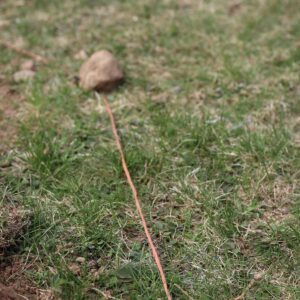
- I recommend marking out the full perimeter of your garden, and then digging it in sections. If your garden is larger than about 50 square feet, it’s a good idea to break it down into sections that are about 6 or 7 feet square, and prepare them one at a time.
2. Remove the sod layer
- Start by spreading out a tarp if you have one. This will help keep dirt off your lawn, and will make it easier to move extra sod to another location where you might like to use it.
- Using your garden spade, step right in and remove the top layer of sod. Dig as deeply as the thick mass of grass roots grows, taking the sod off in slabs if you can.
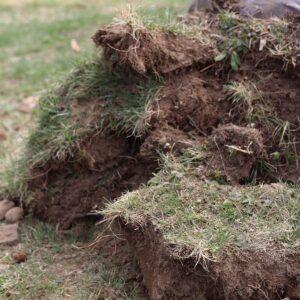
3. Remove the top layer of soil
- Next, dig out the soil to a depth that’s about as half as deep a standard garden shovel – about 6-8 inches. It’s ok not to be precise.
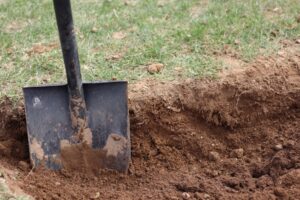
- Pile the removed soil onto a tarp, or put it into a wheelbarrow, garden cart, or even a couple of large plastic tubs. Again - use what you have handy!
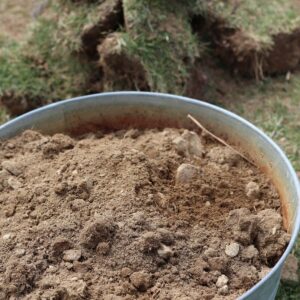
4. Dig deeply, working the soil well
- Without removing the dirt that’s in the bottom layer, loosen it up and dig it thoroughly with the shovel. Fully work the soil until it feel loose and light.
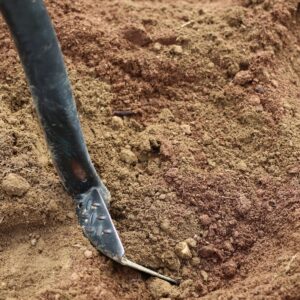
- In the process, remove any stones that you come across.
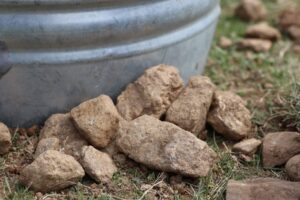
5. Add any soil amendments: compost, peat, manure, etc.
- “Soil amendments” are just materials you work into the soil to improve the texture, mineral content, or nutrient levels in the soil. If you’ve had a soil test done, you may already have some guidance from your extension agent, about what to add to improve your soil. (If you haven’t had a soil test done, now is a great time to do it.) If in doubt, well-rotted organic compost is ALWAYS a good addition to a new garden!
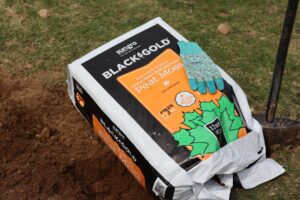
- If you’re adding anything to your soil, now is the best time to work it in. I like to spread half of it in an even layer across the garden section, and lightly work it into that bottom layer of soil.
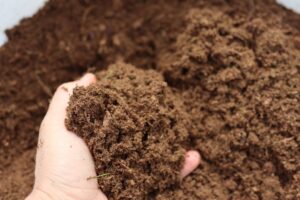
- Then return the top layer of soil to the garden, removing any stones and working in the remaining half of the soil amendments as you go.
- Between digging deeply and loosening the soil, plus adding and peat, compost, or manure – your garden is probably just about level with the soil again. If you need some additional soil, you can shake the dirt from the roots of the sod that you removed, and add that as well. I prefer to use the sod in other areas on the homestead, and don’t shake the dirt from the roots, or return it to the garden I’m preparing.
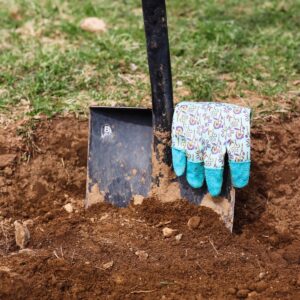
6. Rake your finished garden smooth
- Your garden is now ready to plant!
